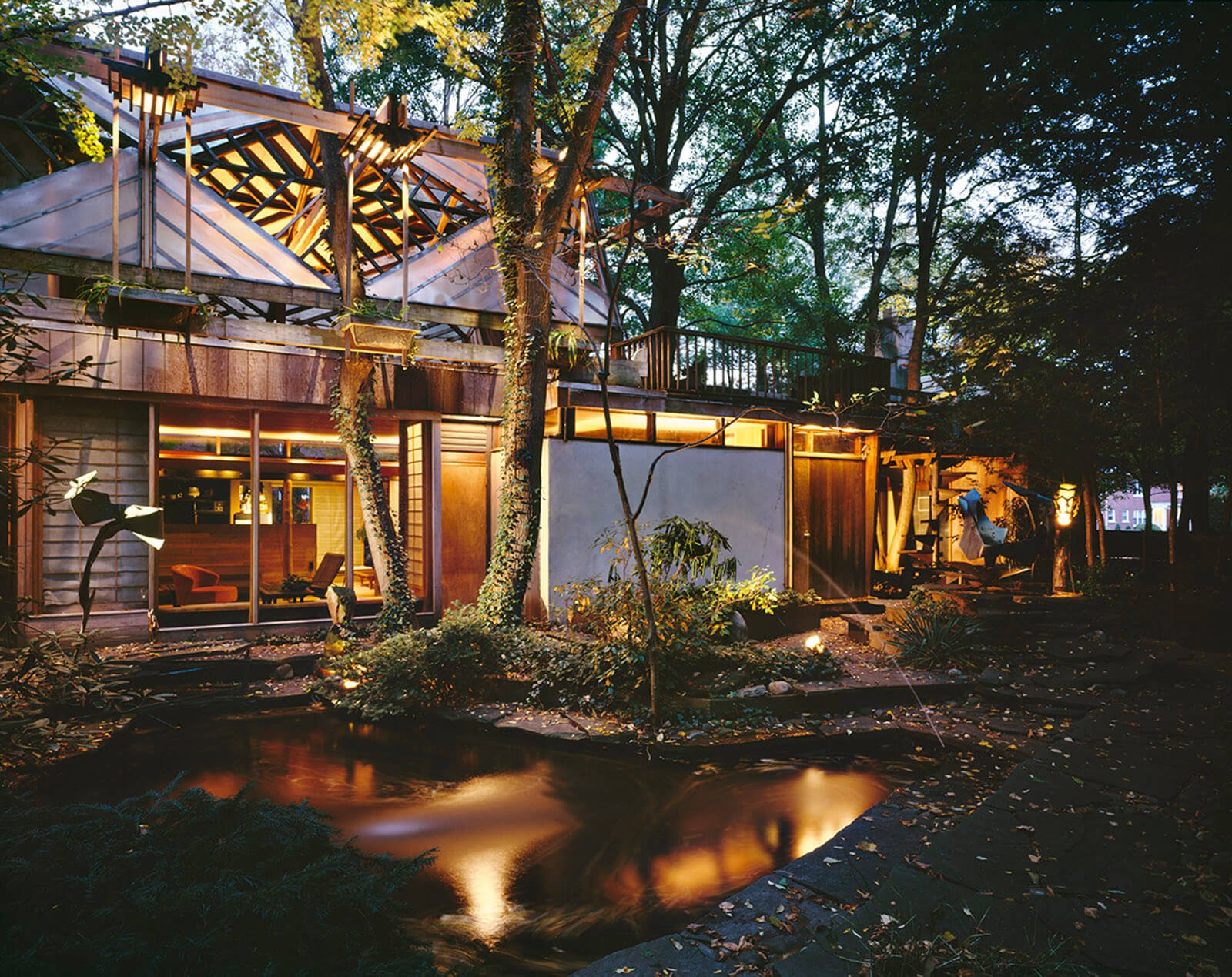
Built Works
-

Early Works
In his early built works Rose advances the penetrating critique and radical (yet strikingly commonsense) design philosophy he had previously established in articles published in periodicals in the thirties and forties. Then, in an economically distressed “modern” America, he attacked contemporary landscape architecture for its continued reliance on “Beaux Arts formalism;” as well as modern architecture for its failure to understand the landscape as anything more than a pastoral setting for modern buildings.
-

Later Works
In his later works Rose continued to explore modern American themes, while creating gardens for contemplation and self-discovery as he discovered a mirror fusing his modern American landscape experience to the ancient culture of Japan in the sixties. Some have accused him of doing Japanese gardens, but little would make him madder. In fact, in response to a prospective suburban New Jersey client’s query as to whether he could do a Japanese garden for her he replied, “Of course, whereabouts in Japan do you live?”
-

Ridgewood
For its unique modern spatial language, its expression of an alternative approach to conventional post-war suburban residential development and as the constantly changing laboratory of one of landscape architecture’s most inventive minds, the Ridgewood home of James Rose is one of the twentieth century’s most important landscapes.

